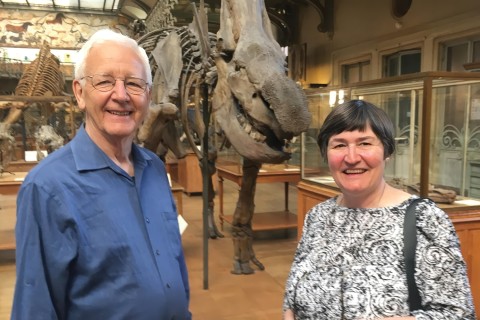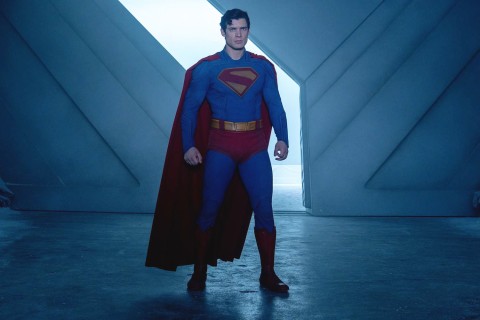Mormonism and race 35 years after the end of the priesthood restriction
The musical The Book of Mormon portrays two naïve Mormon missionaries in Uganda proclaiming that “in 1978, God changed his mind about black people.” The joke isn’t mere whimsy; the LDS Church is widely perceived as racist. The irony is that had the church followed its initial trajectory, by now it likely would have become the most racially integrated and progressive church in America.
Joseph Smith believed—as did most 19th-century whites—that black people were descendants of Cain. His views progressed, however, and when he died in 1844 he was running for U.S. president on an abolitionist platform. This platform quoted the Declaration of Independence on equality and “unalienable rights,” adding that “two or three millions of people are held as slaves for life, because the spirit in them is covered with a darker skin.”
A decade earlier, Smith ordained Elijah Abel, a biracial man, to the “Melchizedek priesthood” and showed kindness to a black household servant, Jane Manning James. He declared that “lynch law” would not do in Nauvoo, Illinois, and that “it is not right that any man should be in bondage one to another.”



